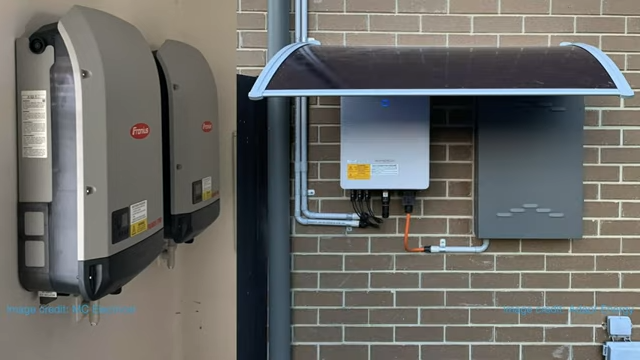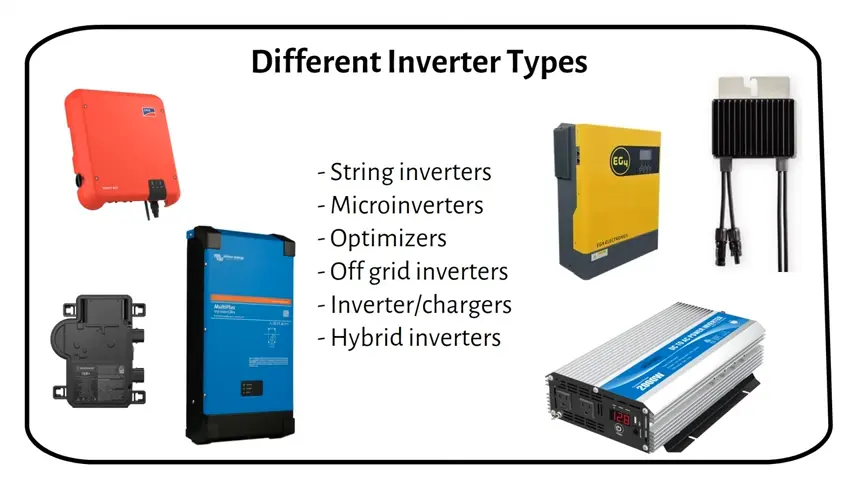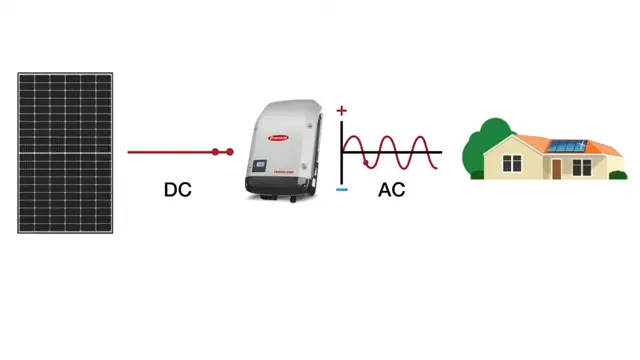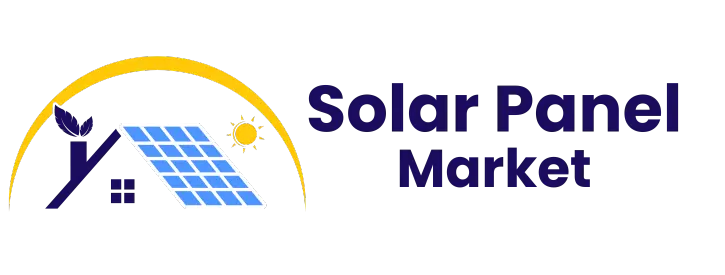What is a Solar Inverter | How to Choose the Best One for Your Home

After rising electricity prices, most people are shifting towards solar panels. Along with solar panels, it is equally important to know about inverters. The sun is a great source of energy because it provides free energy. The better the solar inverter, the better the power output and the savings in bills. So it is important to know that What Is a solar inverter، And how does it work.?
What is a Solar Inverter? How It Works and Why It’s Important
When the light from the sun falls on the panels, a device is attached to the panels which converts this light into electricity and makes it usable. This device is called an inverter. An inverter converts direct current into alternating current and from this current all household appliances can be operated. Inverters also connect the solar system to the grid. It is an important part of the solar panel system. They are of three types. String inverter, micro inverter and power optimizer.
How Solar Inverters Work
Knowing how an inverter works is as important as knowing about solar panels. Because by knowing this, maximum power generation can be achieved. Basically, this process starts with sunlight falling on the panels. When light falls on the cells of the panels, it creates a direct current in the panel due to the photovoltaic technology.
However, this current is not usable in homes, so there is a device with the panels that converts this current into alternating current. This device is called a solar inverter. Its purpose is to convert direct current into alternating current so that it can run all household appliances. It is also used to feed excess energy into the grid.
Types of Solar Inverter
There are basically three types of inverters. Although all three have the same basic purpose of converting solar energy into electricity, it is important to understand the difference between them. These three types are as follows.

String Inverter
It takes the DC input from most solar panels and converts all the energy into AC. That is, this inverter works to convert the highest amount of energy. In this system several solar panels are connected together with an inverter. The inverter takes direct current from all these panels and converts it into alternating current.
Micro inverters
They are located on the solar panel. It converts the usable power instantly. That is, each panel is equipped with separate micro-inverters that convert the direct current coming from this panel into alternating current and use it to run household appliances.
Power Optimizer
In the optimizer system, a string inverter is connected to the optimizer. That is, the amount of DC power generated in the panel comes to this inverter. The inverter collects this power from each optimizer and A simultaneously converts it into electricity and sends it to the home or grid.
Off grid inverters
Off-grid inverters are designed to work alone. They are not connected to the grid. Their main purpose is to provide electricity by converting DC power into AC power.
Inverters/Chargers
A charger is responsible for converting AC current from generator to charge the DC battery bank current. Off grid charger converts both , AC to DC power and also DC to AC power to run appliances.
Hybrid Inverters
A hybrid solar inverter is made by connecting a battery and a solar inverter. It supplies power from the panel and simultaneously supplies power from the grid.
Key Features and Considerations
Benefits of Solar Inverters

Benefits of solar panel inverters are given as,
Solar inverters price in Pakistan
The minimum price of an inverter in Pakistan is RS 75,000 and the average can go up to RS 450,000.
Solar Inverter Prices in Pakistan
- Basic Models: Starting from RS 75,000 for smaller, off-grid inverters.
- Mid-Range Models: Between RS 150,000 – RS 250,000, ideal for residential grid-tied systems.
- Premium Models: High-performance hybrid inverters can cost up to RS 450,000 or more.
Conclusion
Solar inverters are considered an important part of a solar panel system as they convert sunlight into usable electricity. With the innovation in technology, its prices are reducing to a considerable extent. Before buying an inverter, it is very important to know What Is a solar inverter. Only after knowing them fully can the customers make the right decision and their investment can prove profitable.
FAQs
What is the main function of a solar inverter?
A solar inverter converts the direct current (DC) generated by solar panels into alternating current (AC), which is usable by household appliances and can be fed into the electricity grid.
What are the different types of solar inverters available?
The main types include string inverters, micro inverters, power optimizers, off-grid inverters, and hybrid inverters. Each type serves different system setups and needs.
How does a solar inverter help with net metering?
Solar inverters enable surplus electricity generated by your solar system to be fed back into the grid, allowing you to earn credits or reduce your electricity bills through net metering.
